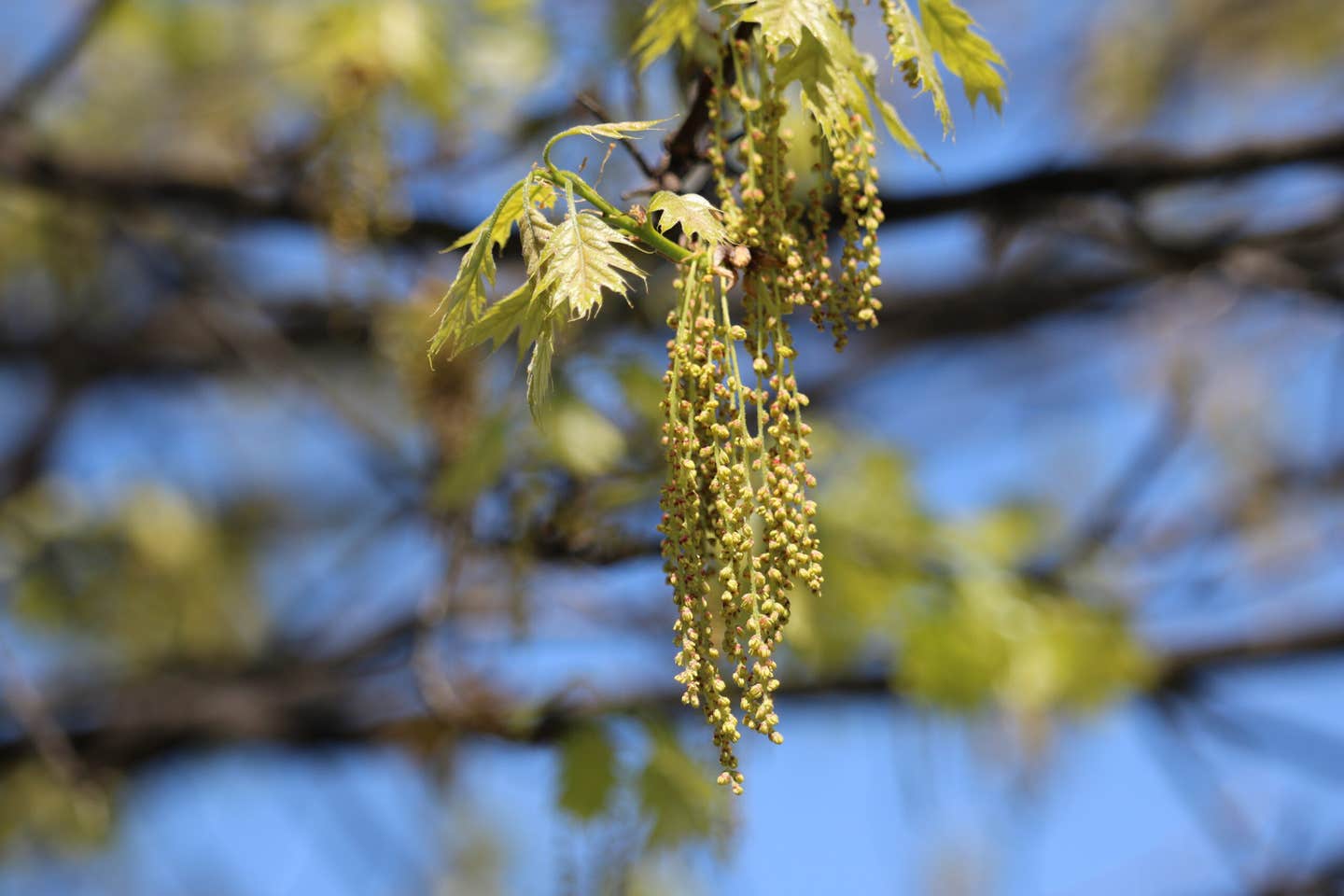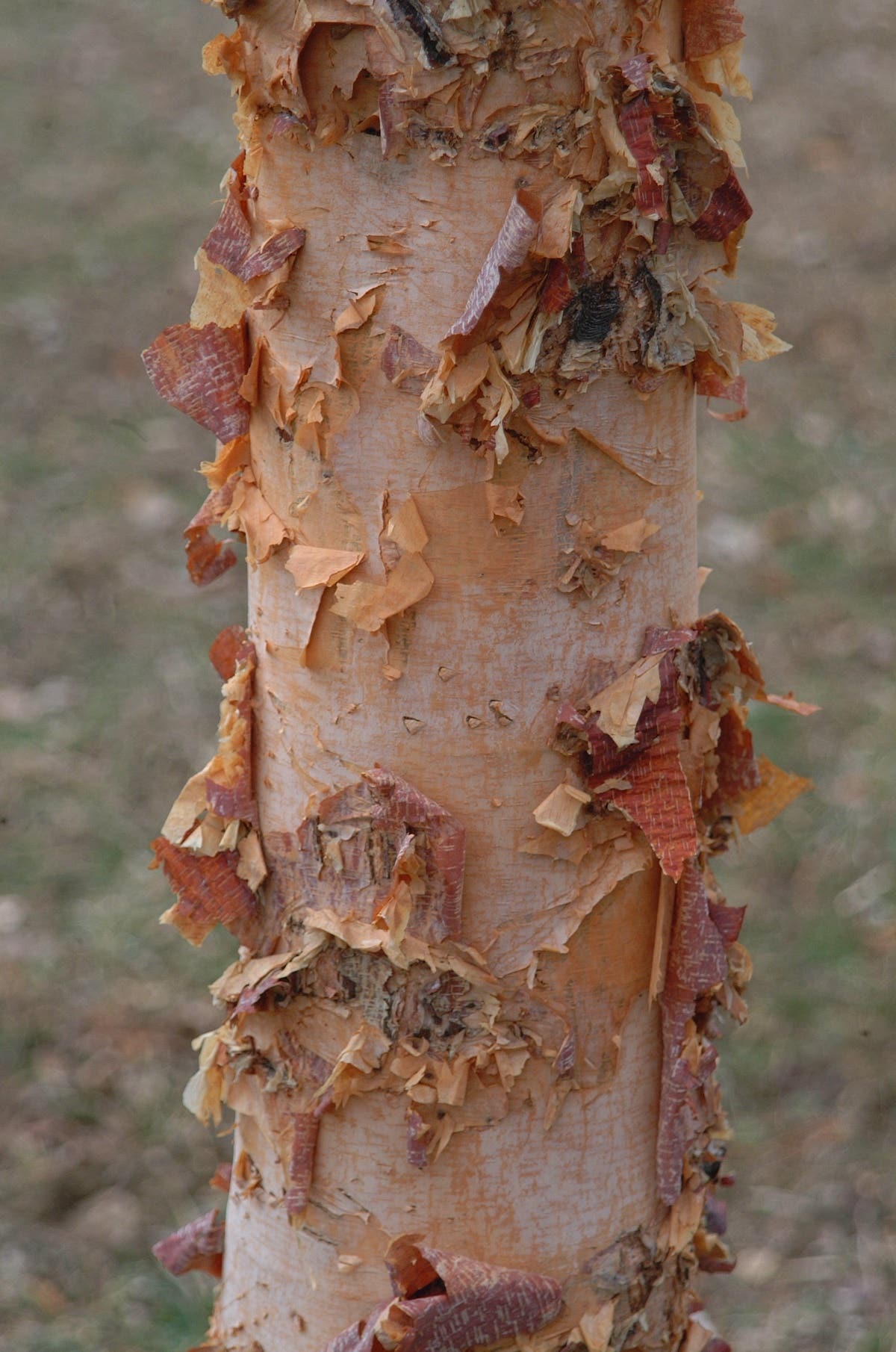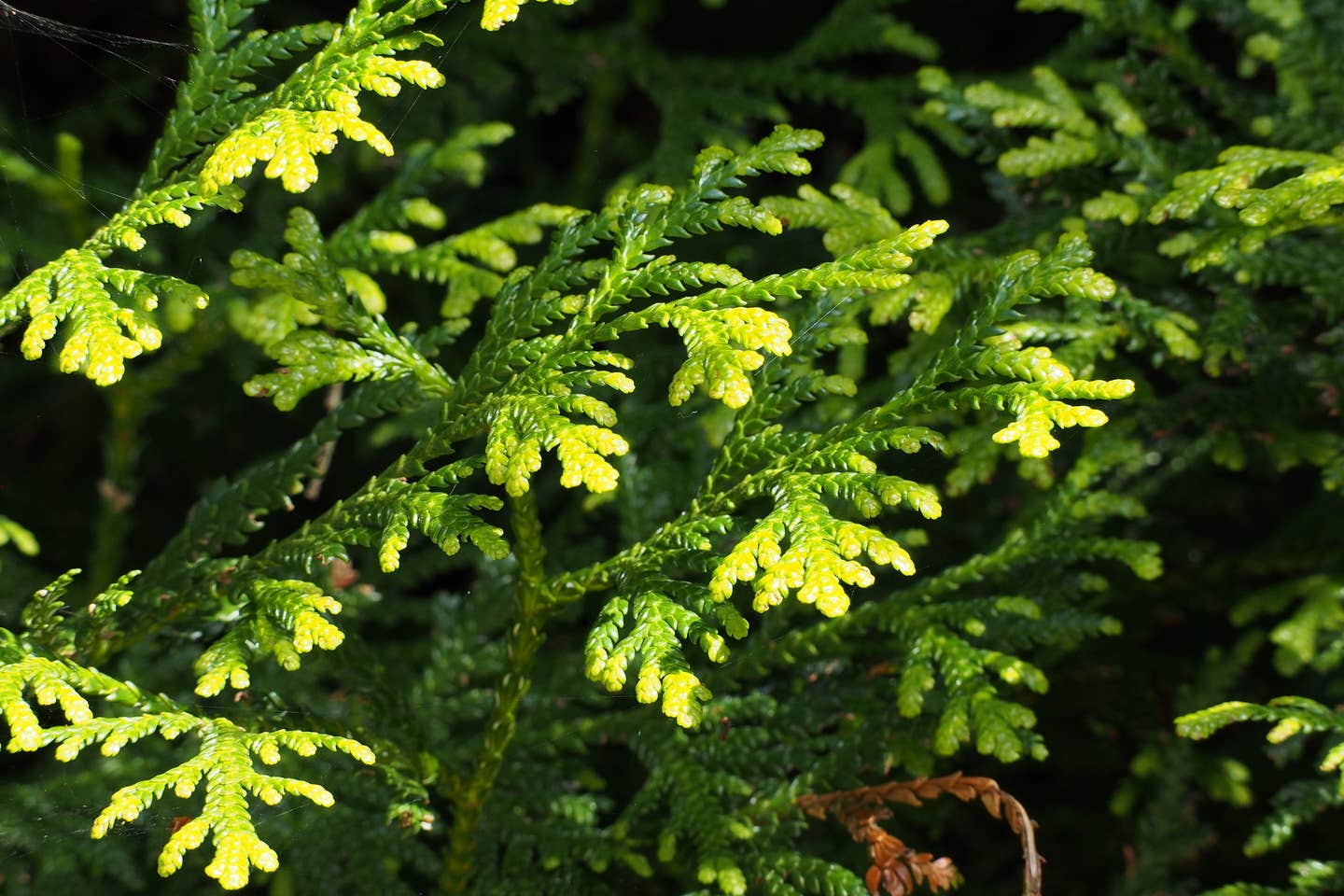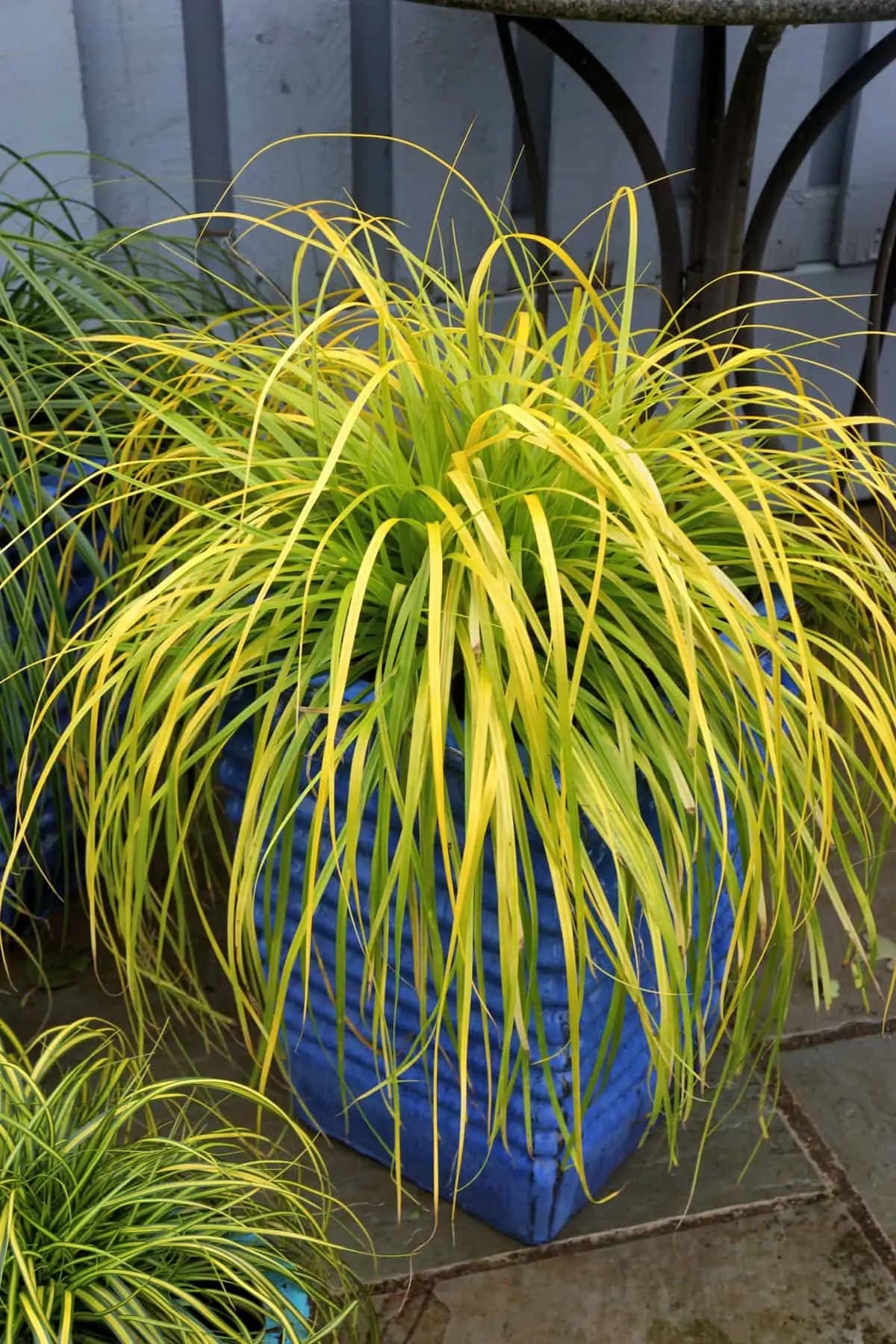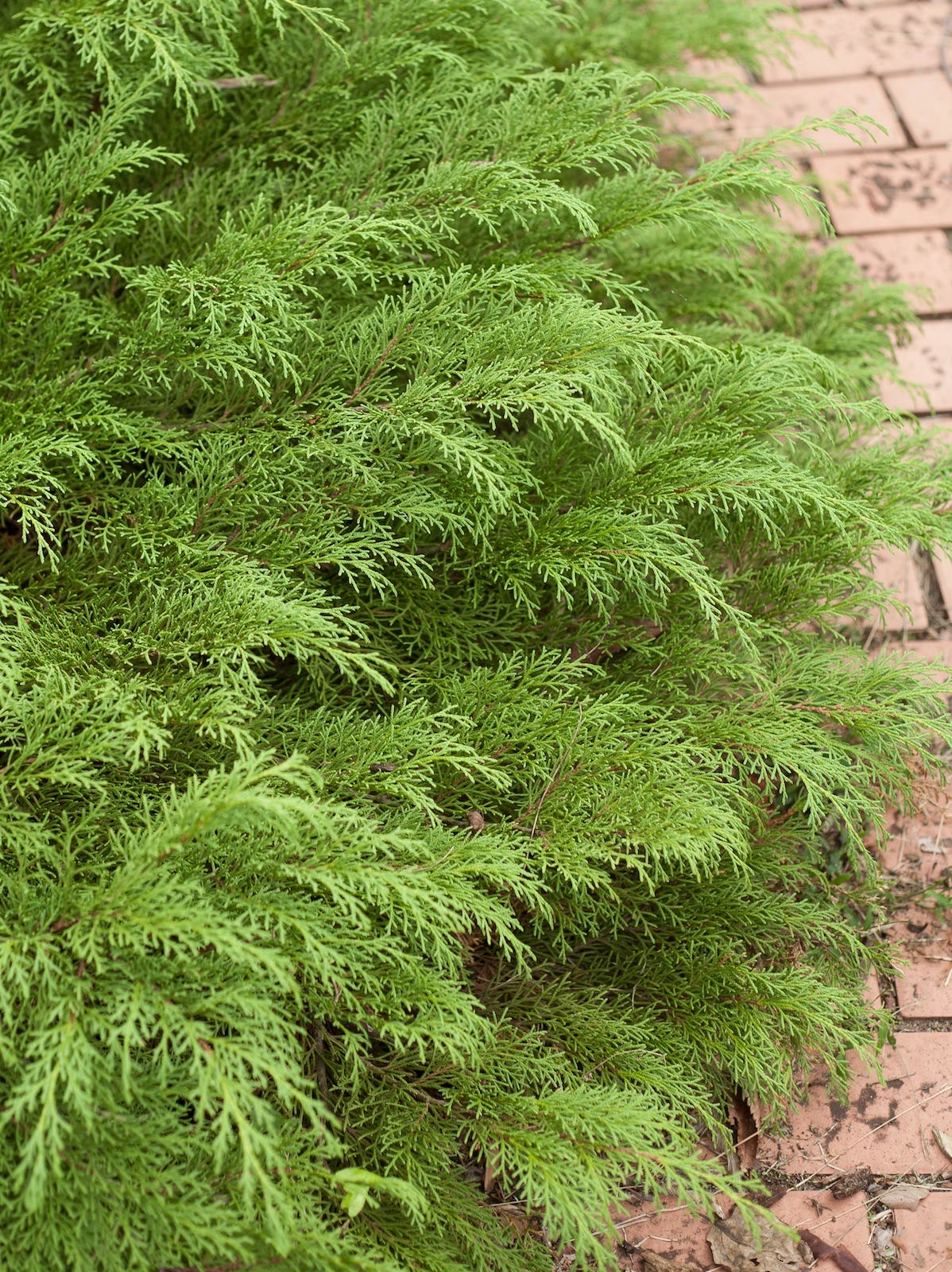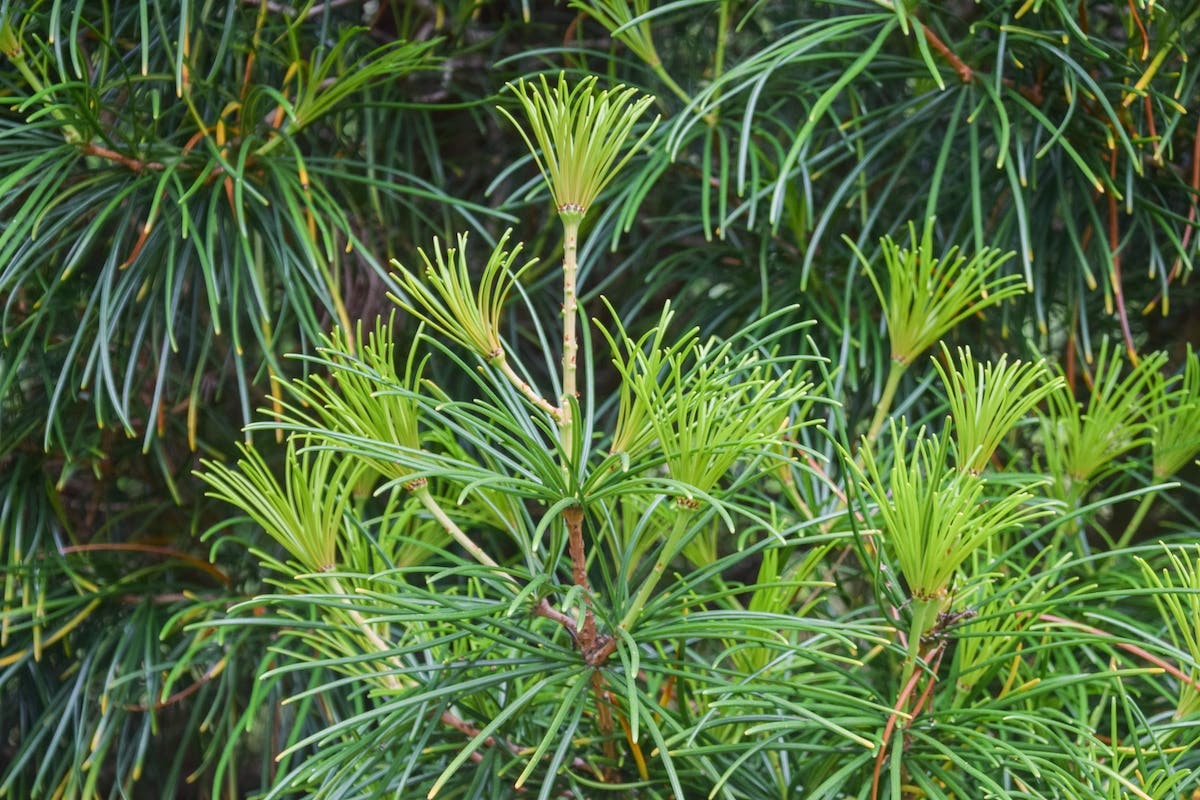Many members of the plant family Araliaceae are familiar to both gardeners and nongardeners alike. From devil's club (Oplopanax horridus) in southeast Alaska to ginseng (Panaxginseng) from China to the tropical scheffleras commonly encountered as house-plants, this group of shrubs, vines, and trees has done well for itself in virtually every climate around the world. (A bit too well, one might argue in the Pacific Northwest, where English ivy [Hedera helix] has become a serious invasive.)
One of 50-odd genera belonging to this family, Pseudopanax is found only in the Southern Hemisphere through New Zealand, New Caledonia, Tasmania, and South America. It would not be a stretch to say that if you recognize the overall layout of a schefflera—a shrub or small tree with evergreen, palmately compound foliage—then you would be able to recognize any pseudopanax species in the wild. Unless you happen to be in New Zealand.
While the flora and fauna of island ecosystems tend to be rather intriguing, that of New Zealand sets the standard on peculiarity. In theory at least, the guilt seems to lie with the native moa, the dominant flightless bird. The 15 or so species of this bird—all of which became extinct after the arrival of the Polynesians—were relentless browsers, and some stood 15 feet tall. The plants of New Zealand had to evolve strategies to outwit the ravenous beaks of these birds the size of Bradley tanks. Enter heteromorphism.
As gardeners, many of us are familiar with the physical changes of plants as they mature from juvenile to adult. Euonymus, English ivy, and eucalyptus are just three of many plants that demonstrate profound physical changes after a midlife crisis. I am hard-pressed, however, to think of a plant species whose refitting from youth to maturity is more whimsical than that of pseudopanax.
Pseudopanax ferox—from a limited range on New Zealand's North Island—as well as the more widely distributed P. crassifolius, spend the first chapter of their lives as extremely constricted, un-branched structures that more closely resemble marine invertebrates than a higher form of plant life. Narrow, jagged-edged leaves clad a single stem, which can reach a height of 15 feet. The leaves, to 18 inches long, deflex strongly downward, in muted tones of rusty green. A handsome yellow stripe runs down the middle of the blade in P. crassifolius. The otherworldly effect is no less than if Salvador Dali were left alone with tin snips and strips of rusted metal.
After a decade or longer of fast upward growth (presumably, out-maneuvering the moa's reach), pseudopanax shift to adult normalcy, branching and producing shorter, less toothed foliage. As the branching occurs at such an ungainly height, their ornamental desirability is diminished in middle age, a bit of reality that even gardeners themselves must ultimately confront.
Though reliably hardy only in the most mild of coastal climates of the Pacific, P. ferox and the hardier P. crassifolius are adaptable and sensational as container plants. As they establish, their growth rate is surprisingly fast. They can gain 8 to 10 inches in height annually, developing into living sculptures that evoke double takes and offer the gardener a glimpse into the marvels of plant biology and evolution.
Essentials:
TYPE OF PLANE: evergreen shrub
FAMILY: Araliaceae
ORIGIN: New Zealand
HEIGHT: 15 ft.
LEAVES: narrow, linear, toothed
HARDINESS: USDAZones 8-10; SunsetZones 4-9, 16-24, 26
SOIL: well draining
WATER NEEDS: moderate
PROPAGATION: from seed
EXPOSURE: full sun or partial shade during the growing season; overwinter in a cool, bright position, well protected from subfreezing temperatures
APPLICATION: juvenile plants look excellent in containers, and serve well as living sculptures


